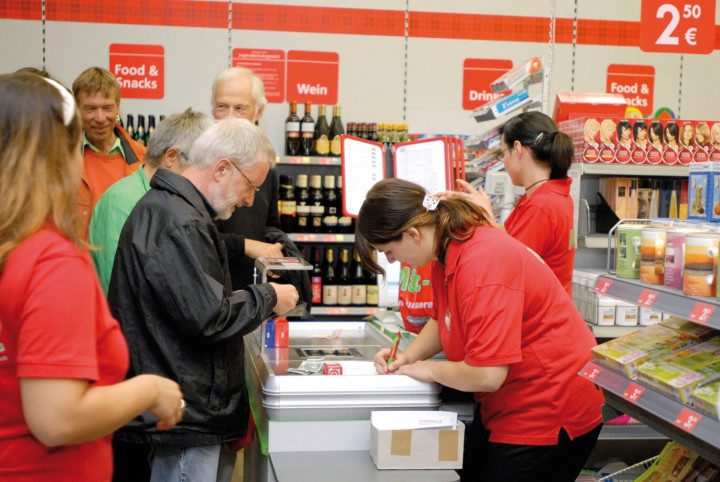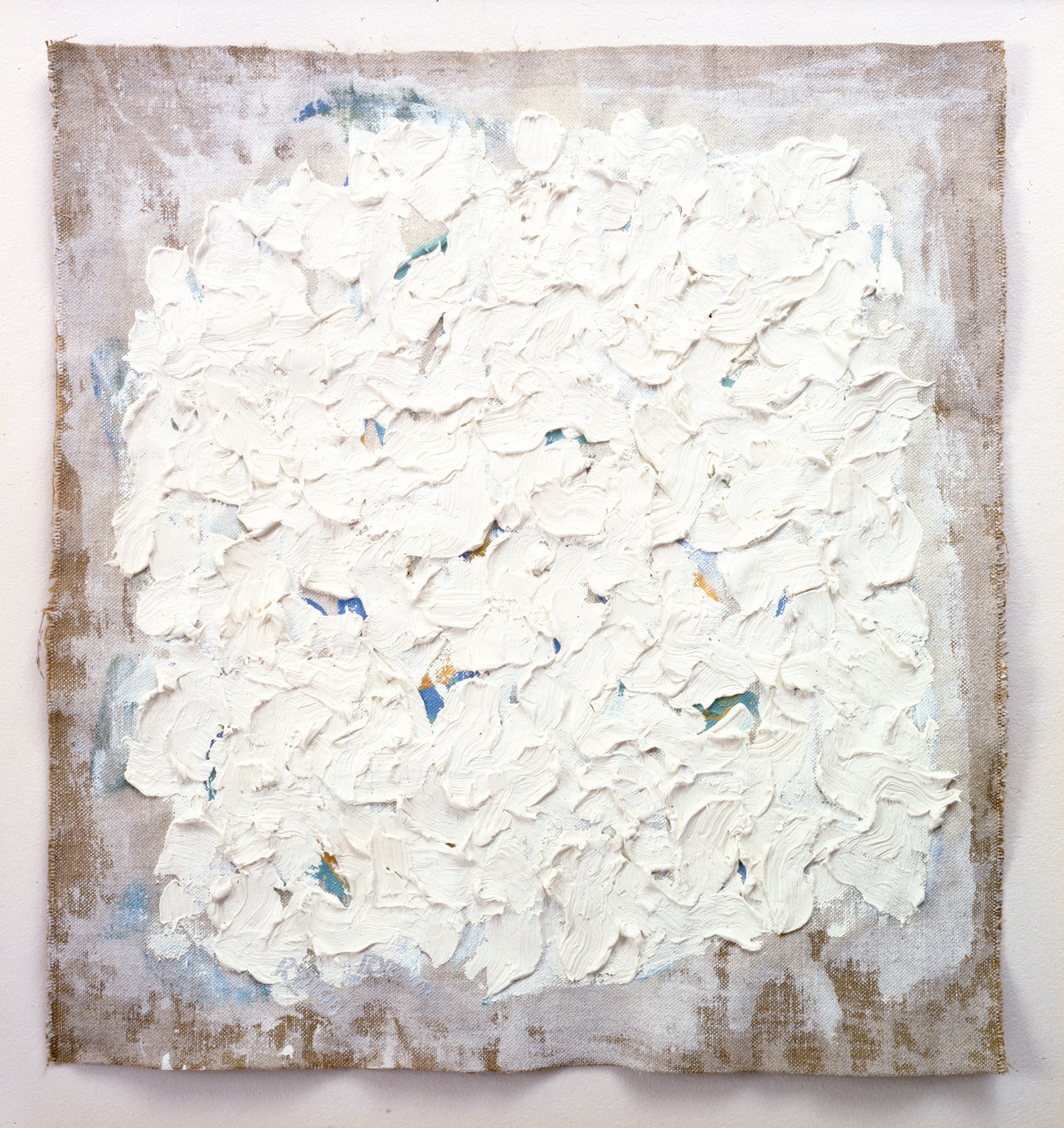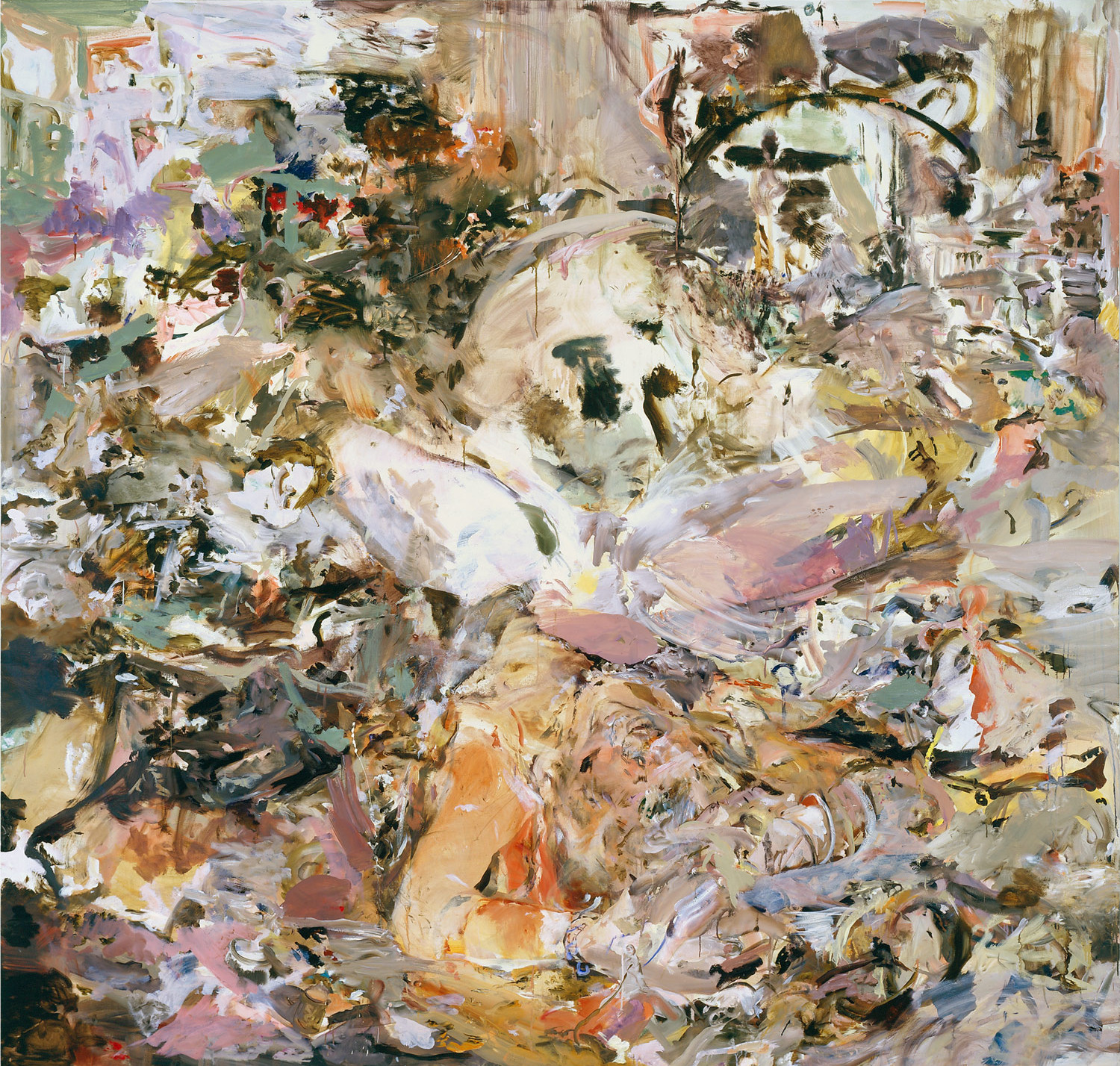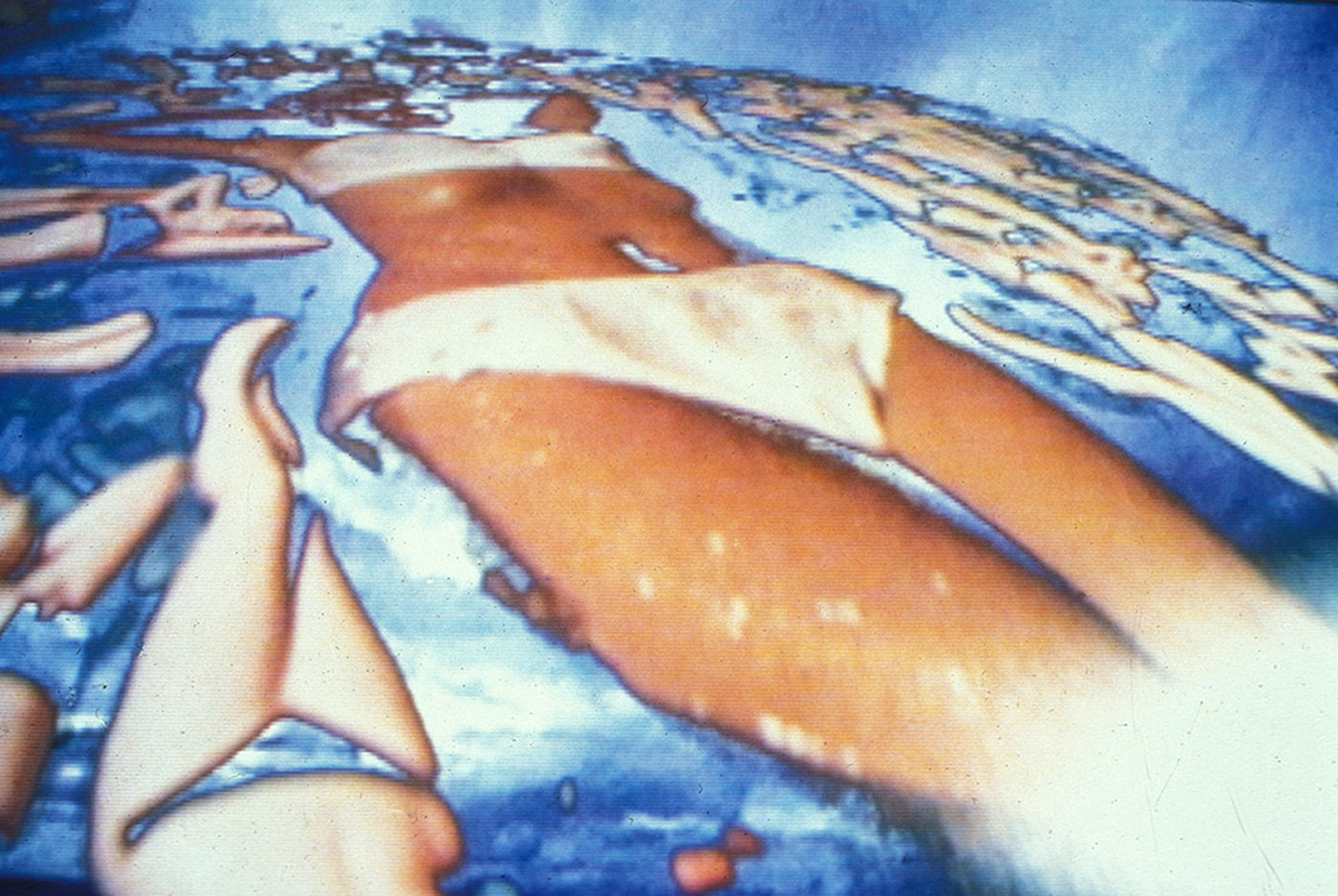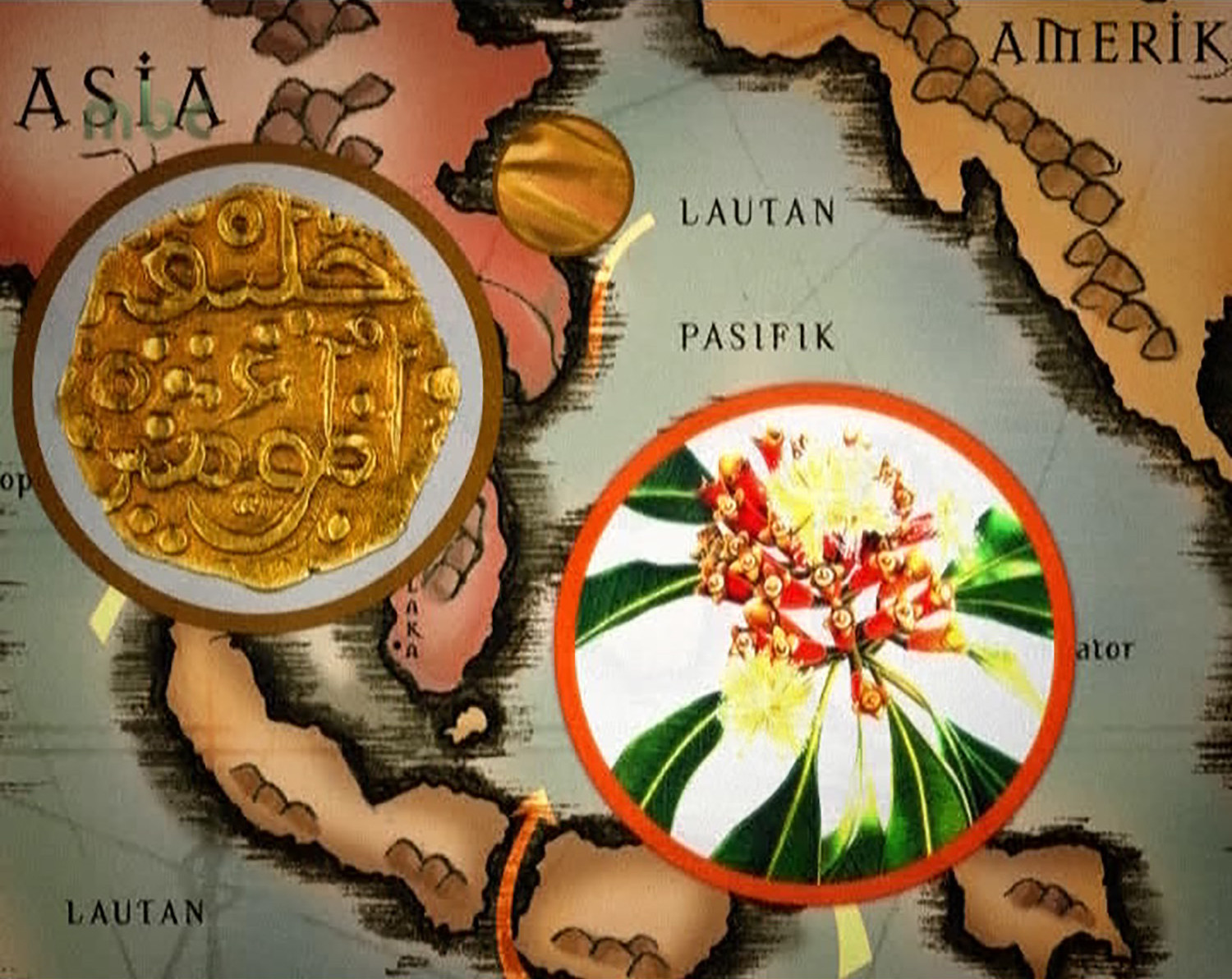
According to the new artistic director Rein Wolfs, the Fridericianum in Kassel is about to focus upon a connection between art, society and the human condition. So, in this sense, Christoph Büchel’s solo show “Deutsche Grammatik” can be considered the first part of this programmatic project.
The title refers to the homonymous book by Jacob Grimm, which he began writing in 1818 when he was librarian at the Fridericianum.
Thus, the project is metaphorically linked to an essential point in German historical identity which today, however, rather echoes a kind of lost world. The Fridericianum, in fact the oldest museum building in continental Europe, represents both the tradition of German enlightenment as well as the cultural rebirth after World War II, when this place saw the invention of Documenta. But how about the present?
In his extensive installation, covering the whole Fridericianum building and a large outside area, the Swiss artist Büchel, known for his conceptual, often ironic approach and an attitude of institutional critique, now gives a concise survey of the last decades of German history as well as its current political and social structures. Surprisingly (or not), none of the common stereotypes seem to prove true, but the exhibition hits the mark anyway.
By entering the museum, one confronts a hyper-realistic readymade-based environment that blurs the boundaries between art and reality. The lobby has been changed into a low-price discounter where the visitor can even buy something, perhaps the catalogue if he can find it on the shelves. The following tour leads through a strange collage of several rooms with meticulously reconstructed, more or less common places: an amusement arcade, a gym and a solarium. But what looks like an average consumer leisure world at first glance soon becomes quite surreal, even haunting, referencing moments of recent history — for example a bowling alley where somebody has stored shredded documents of the former East German secret police.
Another significant element is a trade fair for political parties that was staged on the first exhibition weekend and, by the way, provoked some scandal that actually overlaid public perception of the exhibition.
All accredited German political parties were invited to join the fair, but when it became clear that the right-wing extremist NPD was among them, the established parties immediately cancelled their participation. The result was a quite bizarre meeting of various political fringe groups, ranging from anarchists to animal rights activists, and the public saw a furious protest from a broad alliance of politically correct people. Probably none of them realized how much the whole incident became part of the artwork itself, as such delicate subjects still touch a nerve in German society. Indeed, Christoph Büchel’s particular artistic vision might not be exactly flattering, but in the end, on returning to the Friedrichsplatz, the former parade-ground that now has been turned into a farm, the spectator may find the good news: the world no longer has to be afraid of these Germans.

